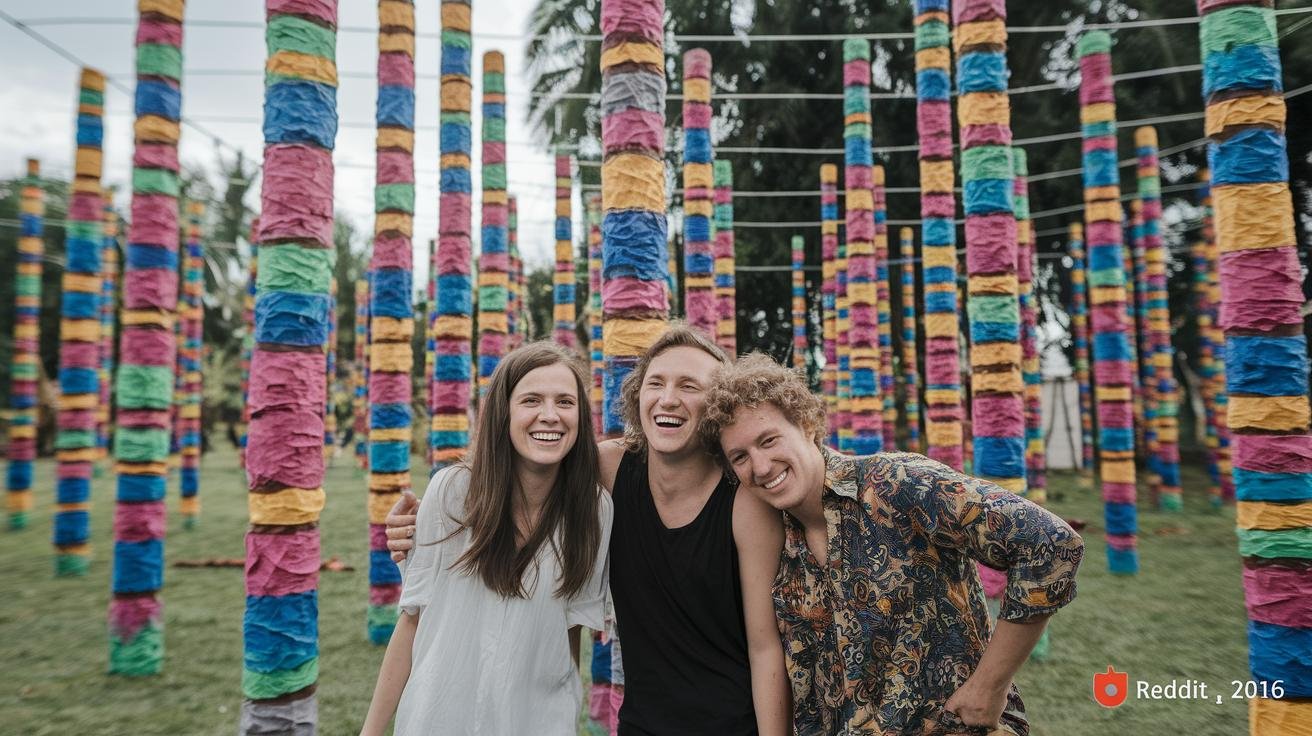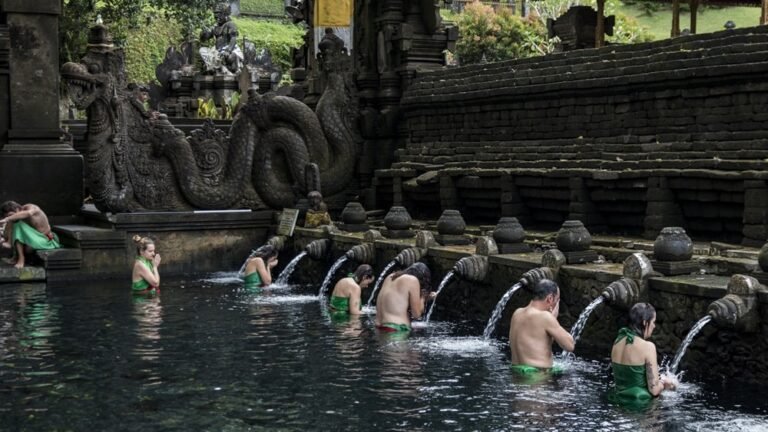5 Tips for Attending Ubud Art Festival Bliss
Think art festivals are all chaos and crowds?
Here in Ubud (a lush jungle town), over 100,000 art lovers drift through open-air halls. But you’ll glide through with calm focus.
Picture stepping into the golden afternoon sun. The gentle curl of incense in the air. Dancers weaving like flowing ribbons. Pure bliss.
I’ve got five simple tips to help you. You’ll lock in dates early, grab front-row spots at Puputan Renon Square, and snag workshop passes before they vanish. Plus you’ll honor local customs with respect and style.
Follow along. Turn festival frenzy into a smooth, soul-stirring feast.
5 Tips for Attending Ubud Art Festival Bliss

-
Confirm your festival dates early
Before you book flights or snag a villa, peek at the Ubud art festival dates 2024. It’s like choosing the exact moment the sun hits the rice terraces (stepped fields that glow emerald at sunrise). Locking in dates now means better stays and front-row spots for that vibrant opening parade. -
Get there before the parade
Plan to arrive at Puputan Renon Square’s main stage at least 30 minutes early. Feel the gentle buzz of the crowd and the scent of incense as dancers, floats, and gamelan musicians (traditional orchestra) glide by. No tickets needed, just you and the show. -
Charge batteries and save maps
Bring extra phone or camera batteries and download the Ubud Palace and Taman Kaja (historic arts grounds) map on your device. Signal can dip near the pavilions (open-air halls), and you don’t want your phone dying right when the Kecak “fire chant” lights up the night. -
Book your craft workshops
Drop by early to reserve free hands-on sessions: wood carving, batik painting, jewelry making, or canang sari (flower offering) classes. Or swing back in the afternoon when the crowds thin out. Everyone’s welcome, but spaces fill faster than you can say “frangipani” (tropical flower). -
Respect customs and festival rules
Slip into a sarong and sash to cover shoulders and knees, locals really appreciate it. Keep voices low during performances and skip the flash photography. Follow posted signs for quiet zones. A little respect goes a long way toward a heartfelt cultural exchange.
Sample Ubud Art Festival Itinerary

Day 1: Morning Opening Parade & Palace Exhibits
Rise before sunrise to catch the grand opening parade at Puputan Renon Square (the island’s ceremonial plaza). The air smells faintly of incense and frangipani (sweet-smelling flower). Costumed dancers swirl past you. Ornate floats carved with wood carvings drift by. Gamelan musicians (traditional Balinese orchestra) set a gentle rhythm.
After the parade, slip into Ubud Palace exhibits. You’ll wander past shimmering traditional paintings, intricate woodcarvings, and fresh contemporary installations. Go early, crowds swell fast.
Day 2: Visual Arts & Hands-On Workshops
By midday, head over to Taman Kaja grounds (open-air art park). Mask displays and interactive installations at the Ubud Art Center (art complex) invite curious hands and wandering eyes. The warm sun on your shoulders, you’ll feel totally immersed.
Time for lunch: grab satay skewers and fresh coconut from a nearby warung (food stall). Then dive into afternoon workshops. Try batik painting or canang sari (flower offering) making with local masters. Spots fill up quick, oops, better register early.
Day 3: Evening Dance Performances & Cultural Talks
As dusk settles, find a seat in the bamboo pavilion. Lantern light flickers on the Barong dance (lion-like creature) and Rejang Dewa (goddess tribute). Drums pulse. Silks swirl.
Between acts, mingle with performers, ask about their moves and meanings. Then let a live gamelan orchestra (traditional Balinese ensemble) echo through the courtyard. Tranquility.
Getting to and Around Ubud Art Festival

Heading from Denpasar airport or Kuta? A taxi or Grab/Gojek ride brings you to the Ubud Art Center in about 30 to 40 minutes. Along the winding road, rice terraces (stepped fields that glow emerald at sunrise) unfold like a green storybook. It’s a mini adventure before the festival even begins. Pure bliss.
If you’re watching your rupiah, the local bus (KOR 4B line) costs just IDR 15,000. It’s slower, around 45 to 60 minutes, but you get extra time to soak in the jungle breeze and maybe chat with friendly locals.
| Transport Mode | Approx Cost | Travel Time |
|---|---|---|
| Taxi | IDR 200,000–300,000 | 30–40 min |
| Ride-Hailing (Grab/Gojek) | IDR 150,000–250,000 | 30–40 min |
| Public Bus (KOR 4B) | IDR 15,000 | 45–60 min |
| Scooter Rental | IDR 60,000/day | Variable |
Scooter rental gives you total freedom to zigzag through village lanes. At about IDR 60,000 a day, it’s a steal. Just remember your international driver’s license and arrive early, parking near the bamboo pavilions fills up fast.
By the way, some private villas and hotels run shuttle services on opening and closing days. Ask your host for pick-up times and spots. You’ll skip the traffic and slip right into the parade’s lively rhythm.
Where to Stay During Ubud Art Festival

Imagine arriving to the warm scent of coconut oil and the gentle rustle of palm leaves. From cozy homestays that won’t break the bank to lush resorts, Ubud has spots for every taste (and budget). Rooms close to temple stages fill up fast once the festival dates are set, so it’s smart to book early. Ever dreamed of insider rates? Check our Ubud villa rental guide.
Here are a few favorites to get you started:
- Sayang D’Amour: IDR 350,000–450,000/night. A charming guesthouse just an 8-minute stroll to Ubud Palace festival grounds. You’ll wake up to frangipani (a sweet tropical flower) petals at your door.
- Villa Zelie: IDR 1,000,000–1,400,000/night. Boutique vibes with pool views and soft lounge chairs. Only a 5-minute walk to the Taman Kaja stages, perfect for a quick dip before the show.
- Sungai Tinggi Beach Villa: IDR 3,500,000–4,500,000/night. Upscale suites with private garden paths. It’s about a 10-minute drive, and they run a shuttle on parade days.
- Kaba Kaba Estate: IDR 700,000–900,000/night. Rustic charm tucked into emerald rice terraces (stepped fields at sunrise). A 12-minute walk along winding village lanes.
What to Pack for Ubud Art Festival

Ever wondered how to pack light but smart for Ubud’s art extravaganza? I’ve got you.
- Linen shirts or cotton tops that feel soft and let the breeze kiss your skin as you wander under Bali’s warm sun.
- SPF 30+ sunblock to protect your skin from those relentless tropical rays.
- A wide-brimmed hat and UV-blocking sunglasses for shade when the glare gets real.
- Insect repellent to keep mosquitoes at bay around evening dance pavilions and rice terraces (stepped fields that glow emerald at sunrise).
- A refillable water bottle so you can sip cool water in Ubud’s humid air without adding to plastic waste.
- Comfy walking shoes or sandals with good grip for uneven temple grounds and festival paths.
- A sarong and sash for temple ceremonies and traditional performances. Covering shoulders and knees is polite.
Oops, did I forget anything? Happy festival hopping.
Day 1: Palace Exhibits and Day 2: Workshop Tips
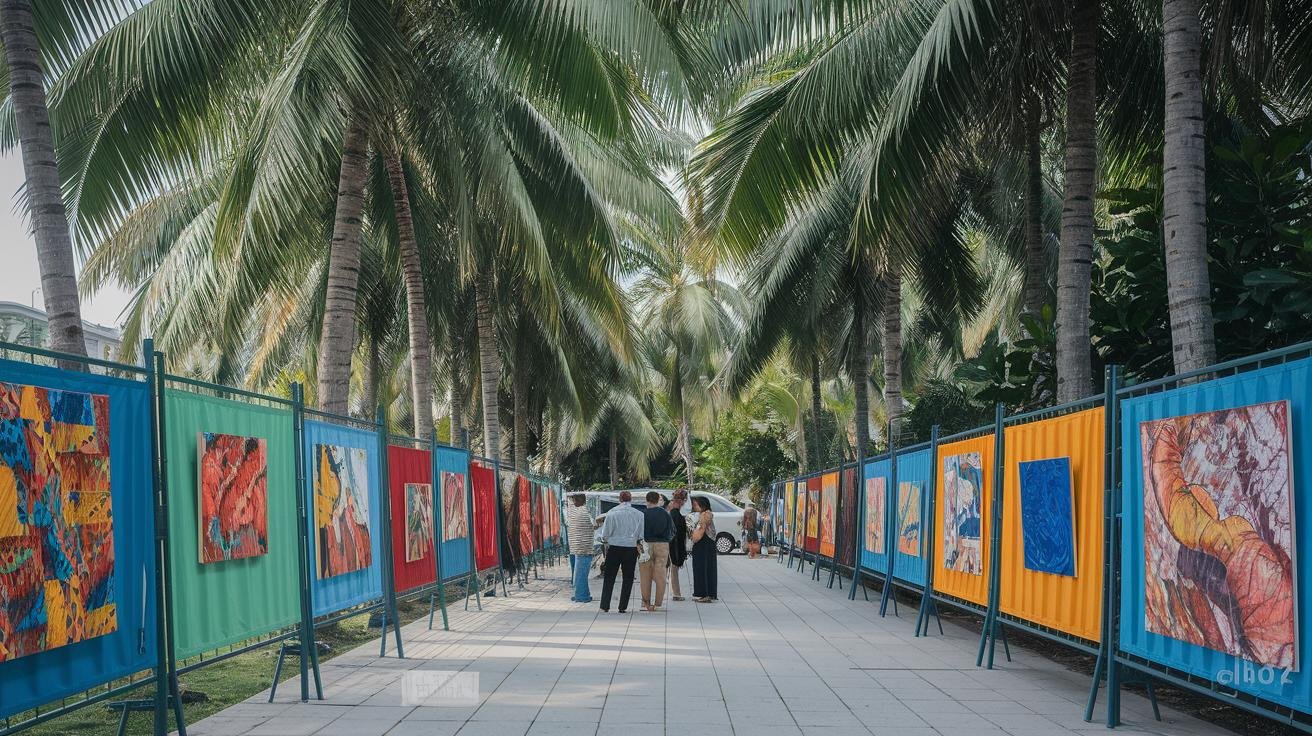
Imagine dawn light slipping through frangipani trees (sweet-smelling flower), scattering soft shadows on the wood-carved panels of Ubud Palace.
Under the cool roof of each bamboo pavilion (open-air shelter made of bamboo), traditional paintings quietly tell old clan stories.
Nearby, teak and mahogany masks stand sentry as a gentle wisp of incense floats from the courtyard temples.
Playful modern art rises from petals strewn across the courtyard. Smooth stones and curving shapes nestle beside ornate temple spires.
Ever dreamed of running your fingers along those carved curves?
Day 2 is all about free workshops – wood carving, batik painting, jewelry making, or canang sari (flower offering) rituals.
Head to the info booth as soon as the gates open to reserve your spot.
Um, slots fill fast, especially in late morning, so aim for a mid-afternoon lull when local masters guide small groups.
Arrive five minutes early. You’ll snag the best materials and a front-row view.
Trust me, that view is priceless.
Enjoying Performances at Ubud Art Festival
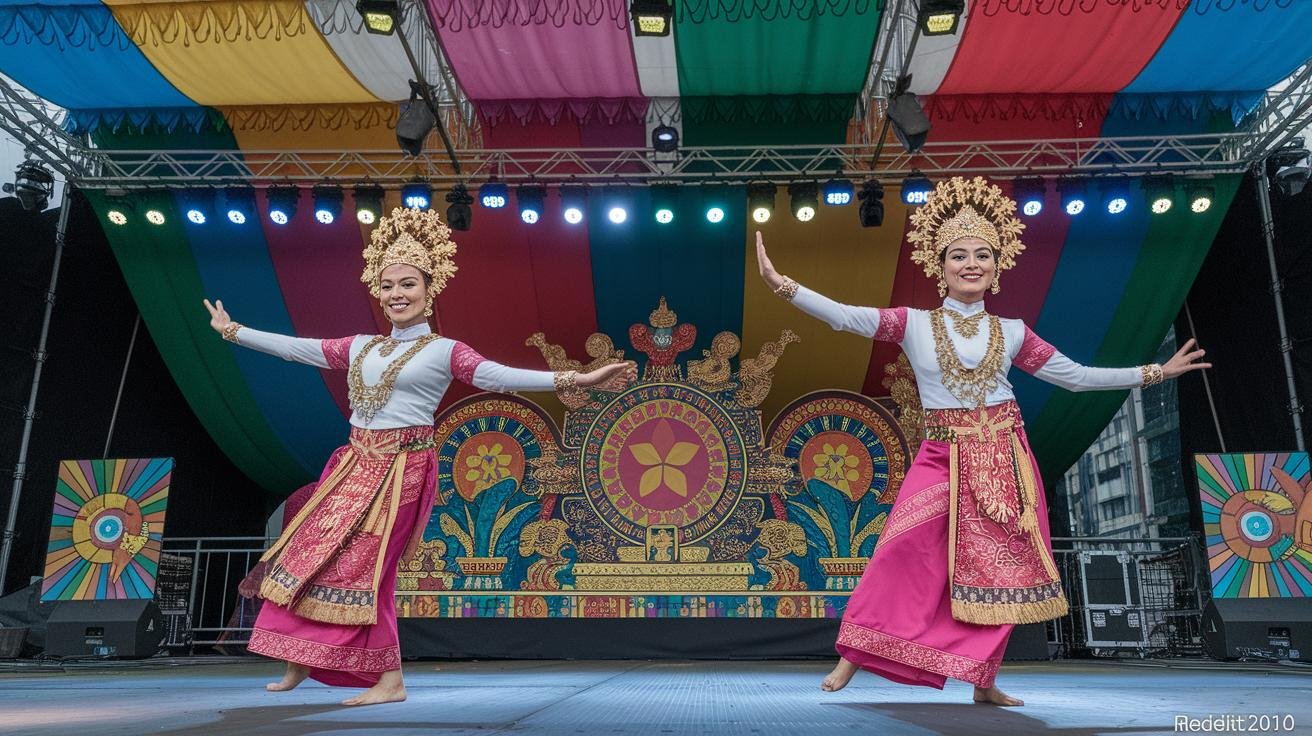
Traditional Dance Performances
Imagine dusk draping over Puputan Renon Square. That’s when Kecak (fire chant) begins, its pulsing rhythm wrapping around you like a warm breeze. Ever thought a chant could feel that alive? Grab a front-row spot by the low bamboo railing so the dancers’ torches flicker across your face.
Next comes Legong (classical palace dance) under soft lantern glow. You’ll watch precise finger moves tracing ancient stories in midair. Pure grace. Then at the palace courtyard, midday Barong (mythical creature) shows blend a little comedy with big myths. Snag a seat on the carved stone steps for the best view.
By the way, don’t miss the opening ceremony’s Rejang Dewa (ritual dance). Girls in white offer flower petals to temple gods, petals drifting like tiny hopes. Right here, tradition feels close enough to touch.
Gamelan Orchestras & Live Music
At sunrise, bronze gongs and wooden xylophones of a gamelan orchestra fill the air with gentle waves. Head to Taman Kaja grounds early and spread out a woven mat under frangipani (sweet-smelling flower) trees. Sip your kopi and let the melody wake you.
Come twilight, the same stage glows again. Stick around after Barong, sometimes a surprise fusion of jazz riffs, soulful vocals, or bamboo flute melodies sneaks in. One night I heard sax meet kecak, unexpected magic.
Oh, and ask your villa host where the little Balinese music workshops pop up. You might even try tapping a metal key yourself. Who knows? You could leave humming your own gong tune.
Sampling Balinese Cuisine at the Festival Food Stalls
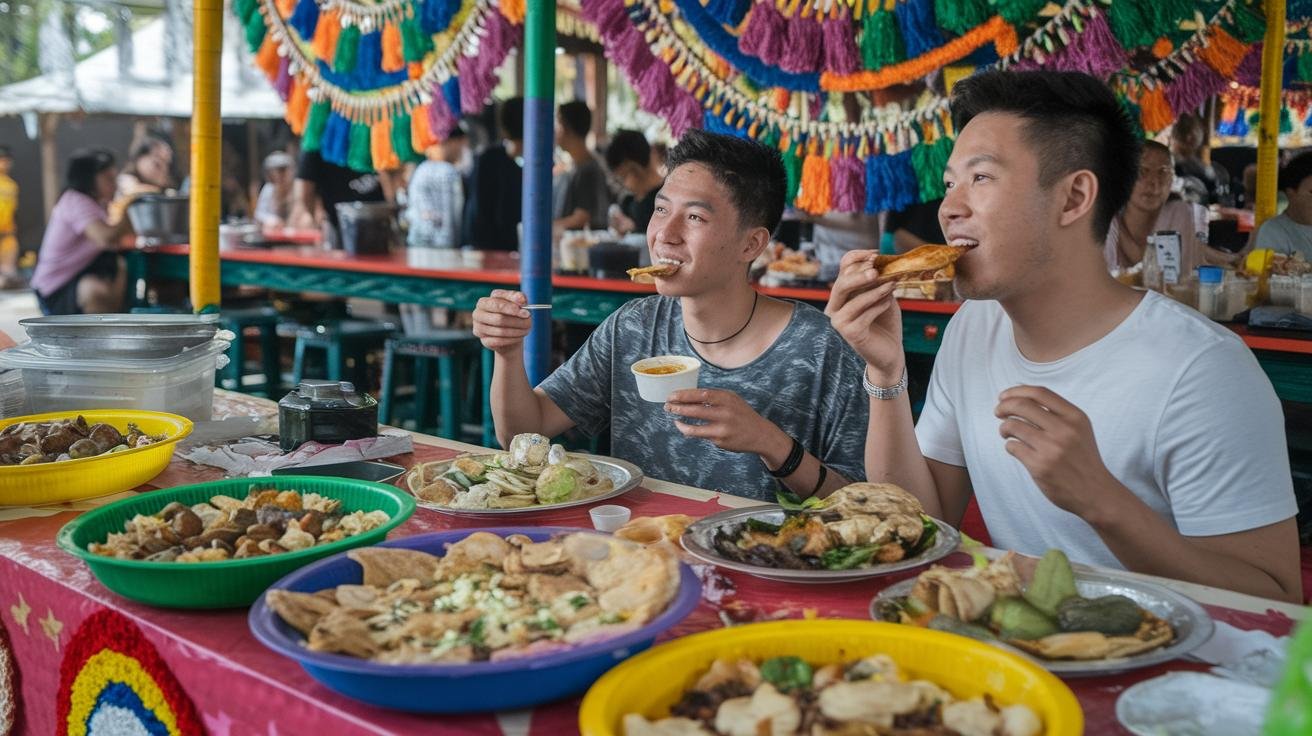
You step into a lane of colorful stalls where soft lantern light flickers and the hum of friendly chatter wraps around you. The air’s warm with coconut oil scents and smoky ember notes. Ever dreamed of tasting babi guling (spit-roast pork)? That crispy crackle under your teeth… pure delight.
Sample sizes let you sip bebek betutu (slow-cooked duck wrapped in banana leaf) then wander on to sate lilit (minced seafood satay on lemongrass sticks). I still catch myself smiling at that gentle grill aroma.
Keep an eye out for tidy prep spots and bright, fresh ingredients. Think gado–gado (vegetable salad with peanut sauce) or lawar (mixed vegetable-and-coconut salad) next to tall glasses of young coconut water (tender green coconut inside). And when your tongue needs a rest, mango or pineapple juice is like a sweet island breeze.
Don’t be shy, ask for mild spice if you’re new to fiery Balinese flavors. Few bites, a quick hygiene check, and you’ll savor every single taste.
- babi guling (spit-roast pork with crispy crackling)
- bebek betutu (slow-cooked duck wrapped in banana leaf)
- sate lilit (minced seafood satay on lemongrass sticks)
- lawar (mixed vegetable-and-coconut salad)
- gado–gado (vegetable salad with peanut sauce)
Budget Tips for Ubud Art Festival
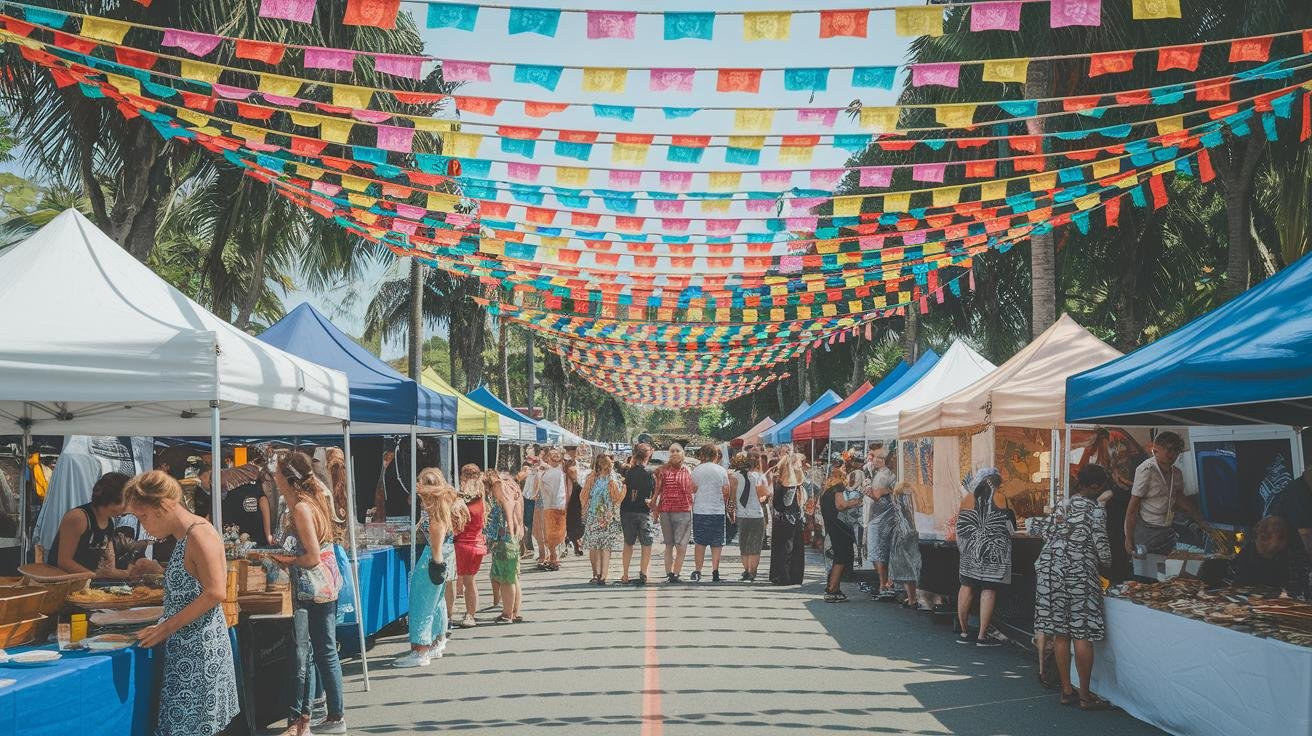
Imagine slipping into a bamboo pavilion where dancers swirl beneath glowing lanterns. Most of the festival events are free – dance shows, gamelan (traditional orchestra) sets, and art displays all welcome you at no cost. You’ll only spend on mouthwatering street eats, hand-carved keepsakes, and ways to get around. Tranquility.
By the way, even on a shoestring budget there’s always room for a sweet sip of coconut juice at sunset or sneaking into night performances under tiny lights. Pure bliss.
- Share a Grab or Gojek ride with friends. Splitting the fare can save you IDR 20,000–50,000 per trip – more rupiah for fresh coconut water (that cools you down like a sea breeze).
- Pack a reusable water bottle and homemade snacks like banana chips or peanut bars. You’ll skip warung (food stall) lines and keep hunger at bay during those long art marathons.
- Book a homestay or guesthouse at least a month before. Cheap Bali spots vanish fast during festival season, so early booking locks in low rates and simple perks.
Oops, let me rephrase that – think of booking like picking the best date on a calendar. Click, confirm, and your tropical escape is set.
Tip #5: Respect and Dress Code
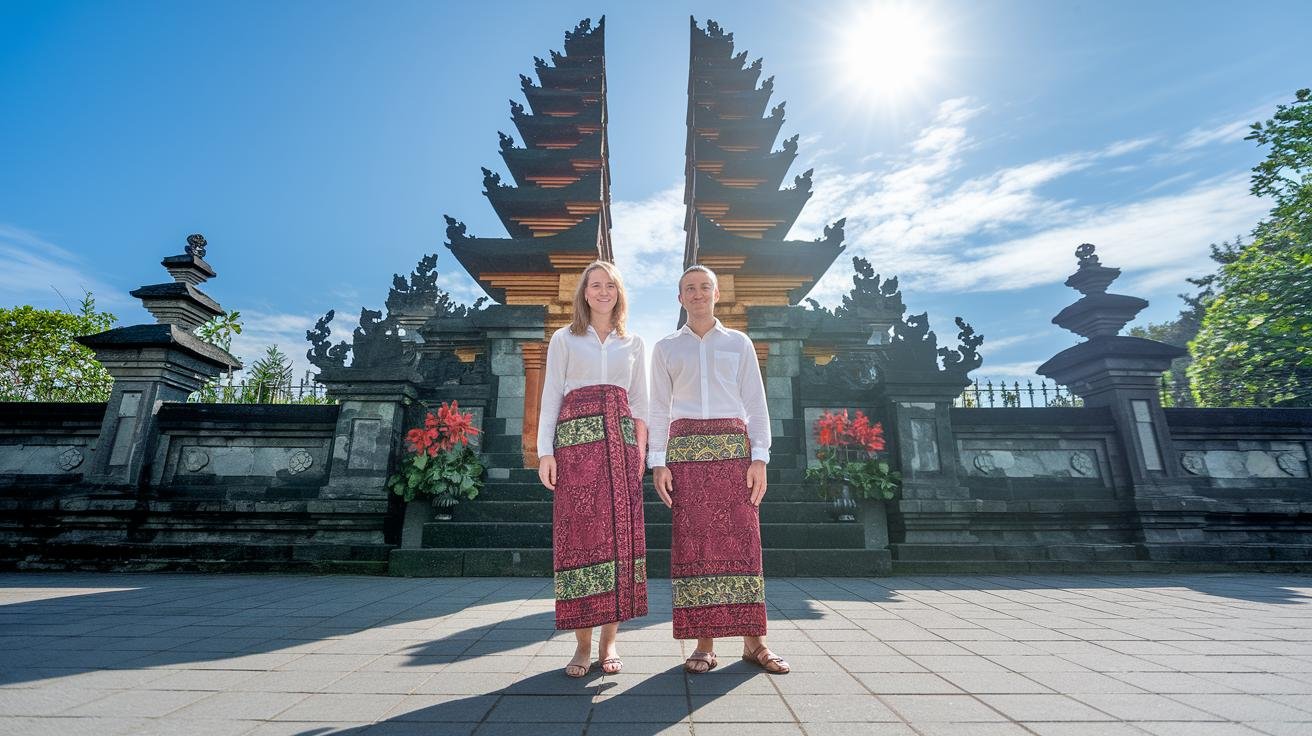
Ever dreamed of feeling at home in Bali’s temples? When you step inside, the scent of frangipani (tropical flower) and incense wraps around you, and a gentle hush settles.
- Wear a sarong (wraplike skirt) and sash for any ceremony.
- Keep your shoulders and knees covered in light, breathable cotton or linen.
- Whisper during dances and gamelan (traditional orchestra) sets.
- Honor “quiet zone” signs, no sneaking past ropes or barriers.
- Hold off on flash photos until the performance ends.
- If crowds press in, step aside and offer a warm nod or smile to the dancers or priests.
Pure joy comes from knowing you’ve honored local traditions, and you might even win a grateful smile.
Final Words
After exploring festival logistics, you’ve got must-see performances and craft sessions mapped out.
You know how to reach Ubud’s stages, book workshops, and rest in comfort between shows.
Keep your camera charged, sash at the ready, and water bottle full.
Share ride-hailing fares with friends to save both money and energy.
Armed with these tips for attending Ubud art festival, you’re set for an unforgettable island celebration.
FAQ
What are the Ubud Art Market opening hours?
The Ubud Art Market opening hours are daily from 8 am to 6 pm, with many vendors settling in at sunrise for the freshest crafts and colorful displays.
What should I buy at Ubud Art Market?
At Ubud Art Market, you can buy silk scarves, carved wood statues, silver jewelry, batik fabrics (for temple wear), and handmade ceramics, all displayed under Bali’s warm sun.
Is Ubud Art Market worth visiting?
Ubud Art Market is worth visiting for its friendly vendors, vibrant open-air lanes, and genuine local crafts—many guests praise the easy bargaining and chance to meet Balinese artisans.
How much should I pay for a painting in Bali?
Painting prices in Bali range from IDR 200,000 (around $14) for small canvas prints to IDR 1.5 million (around $100) for mid-size originals, with polite haggling always expected.
How do I prepare for my first art fair at Ubud Market?
To prepare for your first art fair at Ubud Market, bring small cash bills, wear comfy shoes, check parade times, and practice gentle bargaining with a warm smile.
What are the do’s and don’ts in Bali markets?
The do’s and don’ts in Bali markets include dressing modestly, asking before taking photos, bargaining respectfully, keeping valuables close, and never touching temple offerings without permission.
What is the Arjuna Ubud Art Market?
The Arjuna Ubud Art Market is a boutique evening bazaar on Jalan Arjuna that opens around 4 pm, featuring local artisans’ woodwork, textiles, and fresh snacks under lantern-lit lanes.
Where can I find a Ubud Art Market directory?
A Ubud Art Market directory is available at the main info booth by the entrance. It lists over 200 stalls sorted by craft—from painting and jewelry to textiles and woodcarving.

